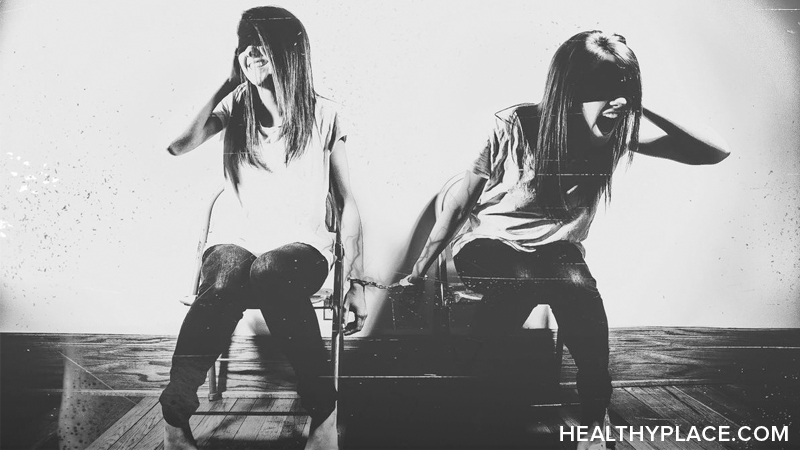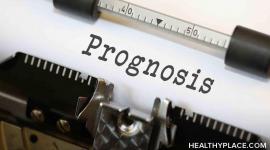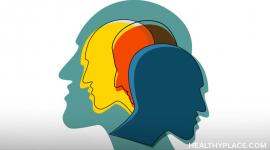Schizoaffective Disorder Symptoms

Due to the wide variety and range of schizoaffective disorder symptoms, this disorder can be troublesome to diagnose. Moreover, people with this illness are often isolated and avoided, making the correct assessment of their schizoaffective disorder symptoms difficult.1
Schizoaffective symptoms encompass both psychosis and mood symptoms. And due to the possible loss of touch with reality (psychosis) the person may be experiencing, he/she may not even be able to give an accurate accounting of what they are experiencing. Therefore, the symptoms of schizoaffective disorder can sometimes be more accurately assessed by family accounts and through medical records.
Presence of Schizoaffective Disorder
Schizoaffective disorder is thought to be more common in women but women may have an age of onset of schizoaffective symptoms later than men. Schizoaffective disorder is thought to be less common than schizophrenia and extremely rare in children.2
Symptoms of Schizoaffective Disorder
Because a person with schizoaffective disorder might be experiencing depression, or not, mania, or not, a mixed episode, or not, and psychosis, or not, at any given time, the list of possible schizoaffective disorder symptoms is extensive. A person need not exhibit all the schizoaffective disorder symptoms in order to have schizoaffective disorder. Symptoms do not all occur at the same time, either. Often there will be periods approaching wellness interspersed between schizoaffective episodes with a variety of symptoms.
People who experience psychotic symptoms alongside manic or mixed episode symptoms have schizoaffective bipolar type whereas those who experience psychotic episodes and depressive episodes have schizoaffective disorder depressive type.
People often seek help only for some of their schizoaffective disorder symptoms – typically those that affect mood and daily function or possibly abnormal thoughts. However that does not mean that a larger cluster of unrecognized symptoms does not exist.
Symptoms of schizoaffective disorder include:
- Strange or unusual thoughts or perceptions
- Paranoid thoughts and ideas
- False, persistent beliefs (delusions)
- Hallucinations (most commonly hearing things but may be other types such as seeing things as well)
- Unclear or confused thoughts (disorganized thinking)
- Episodes of depression
- Social isolation
- Sudden increase in energy, thoughts, actions, speech; lack of appetite (mania)
- Behavioral displays that are out of character
- Irritability and poor temper control
- Thoughts of suicide or homicide
- A speaking style that others sometimes can't follow or understand (disorganized thoughts)
- Either appearing to be in a coma-like daze (catatonic), or talking and behaving in a bizarre, hyperactive way (manic)
- Attention and memory problems
- Lack of concern about hygiene and physical appearance
- Sleep disturbances, such as difficulty falling asleep or staying asleep
- Lack of insight into their own illness
Thoughts and talk of suicide are always schizoaffective symptoms to be taken seriously as the rate of suicide in schizoaffective disorder is around 10%.
People with schizoaffective disorder are at an increased risk of:
- Substance abuse problems
- Developing schizophrenia
- Having major depression
- Having bipolar disorder
next: Schizoaffective Disorder DSM Criteria
~ all articles on schizoaffective disorder
~ all schizophrenia articles
APA Reference
Tracy, N.
(2012, April 19). Schizoaffective Disorder Symptoms, HealthyPlace. Retrieved
on 2025, November 25 from https://www.healthyplace.com/thought-disorders/schizoaffective-disorder-information/schizoaffective-disorder-symptoms



